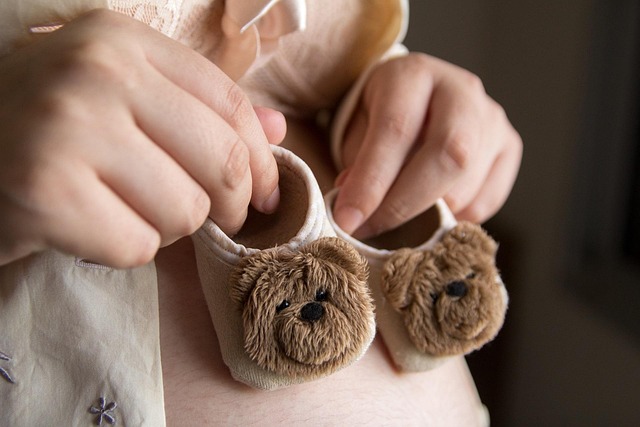In our favorite park, there’s a rare albino squirrel that captures everyone’s attention. It’s an unusual sight, darting up trees with a peculiar swagger, often keeping pace with strollers while fixing you with its striking red eyes. Its brilliant white fur makes you want to inspect it like a designer handbag at a flea market. This squirrel has become a local legend—a sort of Sasquatch or Loch Ness monster. It doesn’t even need a name; its notoriety speaks for itself. Newcomers often gasp in surprise, revealing their unfamiliarity, while the regulars simply smile and carry on. This remarkable creature is part of our community, thriving against the odds, and symbolizes how differences can be strengths.
This brings me back to my son, who, much like the albino squirrel, has his own unique differences. As he prepares to embark on his kindergarten journey, I find myself reflecting on how society perceives those who stand out. A recent study published in Frontiers in Psychology examined why children tend to reject their peers. Surprisingly, the study revealed that rejection often stems not from the child’s behavior but rather from the implications that child’s differences hold for the group. Children, in their early years, are inclined to stick with those who share similar interests and experiences. To them, accepting someone who is different can feel like jeopardizing their social standing.
I’ve been fortunate to have my son attend a special needs preschool, a nurturing environment that has supported his development since he was a mere six weeks old. Many of his classmates have known him since he was two years old, and in their eyes, his differences are simply part of who he is. They eagerly fight over who gets to push his wheelchair during playtime, and I have countless videos of peers cheering him on as he tries new foods at lunch. In this familiar setting, his uniqueness is celebrated.
However, the question looms: what will happen when he transitions to kindergarten? Will he encounter the vast, unpredictable world of a public school where conformity often reigns? As the statistics begin to normalize, will he be perceived as a potential threat to the group’s dynamics?
This brings me back to that albino squirrel. Despite being an anomaly in nature, it has managed to thrive against the odds. In a landscape populated with predators like coyotes and hawks, the squirrel has somehow found its niche. It’s hard to believe that its survival is merely coincidental; it feels like a testament to the beauty of diversity. If this small creature can carve out a place for itself, surely my son can too.
I believe that, just as the squirrel defies expectations, children can also learn to embrace differences. All my son needs is one friend who is willing to take a chance on him—someone to push his wheelchair, sit with him at lunch, and choose connection over conformity. Just one positive interaction could change everything.
For those navigating similar journeys, consider exploring resources on fertility and family planning. You can find valuable insights at Make A Mom, as well as check out WebMD for comprehensive information on pregnancy and home insemination techniques. For an authoritative perspective on this topic, visit Modern Family Blog.
In summary, as my son heads into this new chapter, I hold onto the hope that, like the albino squirrel, he will find his place in a world that can sometimes be unkind to those who are different.
